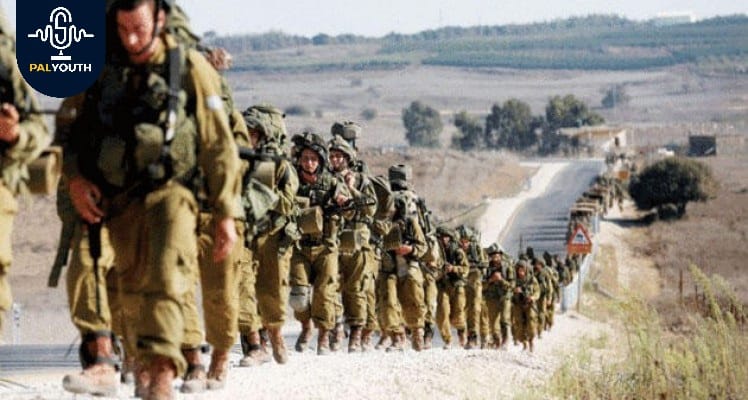18 Years Since the Israeli Withdrawal from the Gaza Strip

18 Years Since the Israeli Withdrawal from the Gaza Strip
ALKOFIYA Today, Tuesday, marks the 18th anniversary of the beginning of the Israeli withdrawal from the Gaza Strip and the evacuation of its settlements, a historic event in which Israel had never before evacuated Palestinian land since its occupation of historic Palestine in 1948.
On August 15, 2005, Israel began the evacuation of 21 settlements that occupied 35,910 dunams of land in the Gaza Strip, which covers an area of no more than 360 square kilometers and was home to about eight thousand settlers.
Israel occupied the Gaza Strip in 1967 and remained responsible for its administration until the arrival of the Palestinian Authority in 1994, when it was transferred to Palestinian control. However, Israel maintained its forces in central settlements and complexes within the Gaza Strip, where more than 6,000 settlers resided.
The first Israeli settlement in the Gaza Strip, named "Netzar Hazani," was established in 1976, while the last three small Israeli settlements were established in 2001 following the outbreak of the Al-Aqsa Intifada.
The Israeli withdrawal came amid the outbreak of the Al-Aqsa Intifada in 2000, which increased the security burden on the Israeli government and prompted it to seek an exit strategy. Ariel Sharon, at the time, referred to it as the "disengagement plan" aimed at alleviating the economic and material burdens on Israel.
As soon as the withdrawal operation began, Israeli soldiers and settlers began demolishing and blowing up their settlements to leave no spoils or habitable buildings behind. About 2,000 houses and 26 synagogues were destroyed, while other public buildings remained untouched.
The withdrawal plan also included the evacuation of four Israeli settlements in the occupied West Bank: "Ganim, Kadim, Homesh, and Sa-Nur."
Thousands of Palestinians also celebrated, hopeful for a better life, after 38 years of Israeli occupation of the small coastal enclave that began with the June 1967 defeat.
In reality, Israel ended its physical presence in the Gaza Strip but continued to control all aspects of Palestinian life in Gaza through a policy of blockade, restrictions, wars, and suffocating siege that led to the collapse of many vital secors over the course of 18 years.
PALYOUTH. H.B



